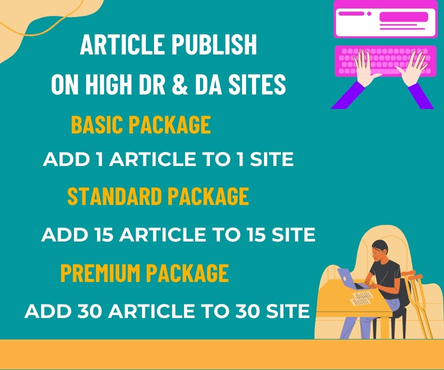Adobe InDesign INDD has long been a staple in the world of professional graphic design and desktop publishing. It has empowered designers to create stunning layouts for print and digital media for decades. However, the creative landscape is continually evolving, and with the advent of cloud computing and the increasing need for remote collaboration, INDD online tools have emerged as a game-changer in the world of design. In this article, we’ll explore the significance of INDD online tools and how they are revolutionizing the design process.
The Rise of INDD Online Tools
Traditionally, Adobe InDesign was a desktop application that required installation on a local computer. While this provided powerful capabilities, it also limited designers to a single device, making remote work and collaboration challenging. Enter INDD online tools, which have transformed how designers work in several key ways:
- Accessibility and Convenience: One of the most significant advantages of INDD online tools is accessibility. Designers can now access their projects from anywhere with an internet connection, eliminating the need for specific software installations or hardware requirements. This flexibility has been a game-changer for freelancers, remote teams, and those on the go.
- Collaboration: Online INDD tools have greatly simplified collaboration. Multiple designers, editors, and stakeholders can work on a project simultaneously, irrespective of their physical location. Real-time collaboration features ensure that changes and feedback are instant, reducing the time it takes to finalize a design.
- Version Control: Keeping track of different versions of a design has historically been a headache for designers. INDD online tools often offer version control features, allowing users to view and revert to previous iterations of a project. This helps maintain the integrity of the design process and facilitates easy experimentation.
- Cross-Platform Compatibility: Designers no longer need to be tied to a specific operating system. Many INDD online tools are compatible with various platforms, including Windows, macOS, and even Linux. This ensures that designers can choose the hardware that suits them best without sacrificing access to essential design tools.
- Cost-Effective: INDD online tools often offer subscription-based pricing models, which can be more cost-effective for individual designers and smaller design teams. This lowers the barrier to entry, enabling more people to explore their creative potential.
Key INDD Online Tools
Several notable INDD online tools have emerged, each with its unique features and capabilities. Here are a few worth exploring:
- Adobe InDesign CC: Adobe’s own cloud-based version of InDesign offers seamless integration with other Adobe Creative Cloud apps. It provides familiar functionality with the added benefit of cloud-based collaboration.
- Lucidpress: Lucidpress is a user-friendly design platform that allows for easy collaboration. It’s known for its intuitive drag-and-drop interface and robust publishing capabilities.
- Canva: While not a direct INDD alternative, Canva is a popular online design tool that offers a wide range of templates and design elements. It’s great for quick projects and is accessible to users of all design skill levels.
- Crello: Crello is another user-friendly design tool with a focus on social media and marketing materials. It offers a vast library of templates and stock images.
Conclusion
Sources INDD Online Tools represent a significant step forward in the world of design. They offer accessibility, collaboration, and cost-effective solutions that were once out of reach for many designers and teams. While traditional desktop applications like Adobe InDesign will always have their place, the rise of INDD online tools has reshaped the way design professionals work, opening up new opportunities for creativity and innovation in the digital age. Designers and teams should explore these tools to stay competitive and adapt to the evolving demands of the industry.

